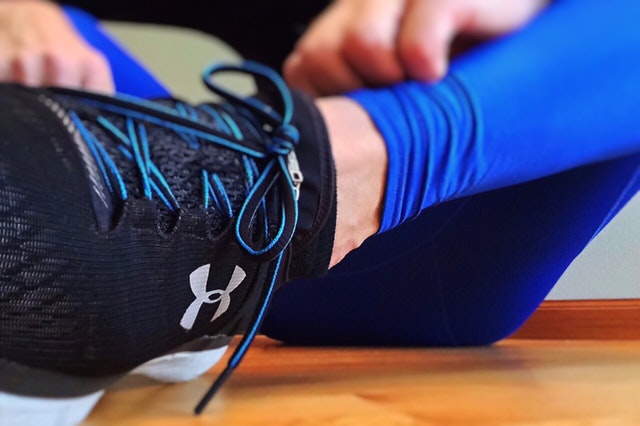Over one third of the American population deals with varicose veins, but even so, there is still plenty of information that most people do not understand about the condition. Take a look at these common misconceptions and find out the truth about those unsightly veins.
Misconception #1: Only older people should worry about varicose veins.
While varicose veins are more common in people over the age of 50, they can develop in everyone from teenagers to the elderly. Pregnancy, obesity, lifestyle, family history, and trauma to the legs can all play a role in when and why they develop.
Misconception #2: Only women should worry about varicose veins.
Varicose veins are more common for women. Around 25 percent of all adult females have them compared to less than 15 percent of all adult males. However, just like with age, factors such as your career, your lifestyle, and your family history can all affect your odds.
Misconception #3: There is nothing you can do to prevent varicose veins.
If your family history dictates that you might develop varicose veins, there probably is not too much you can do to stop them. However, because many people develop them due to lifestyle factors, you may be able to slow them down or stop them by being a little healthier. For example, lose weight if you are obese, get more exercise to increase your circulation, avoid sitting and standing for long periods of time, and wear compression stockings.
Misconception #4: Varicose veins are purely a cosmetic problem.
Some people assume that varicose veins are only unpleasing to the eye. Unfortunately, they can also be painful. They can leave your legs feeling tired, heavy, and achy, and they can cause swelling and other discomfort. Some may even be an indicator of a more serious problem, especially if you experience any type of bleeding from the vein.
Misconception #5: Varicose veins always indicate a more serious problem.
On the other hand, many people believe that varicose veins are always an indicator of a serious disease or condition, such as blood clots or cardiovascular disease. Occasionally, this may be true, but most of the time, they are fairly harmless. If you are concerned that you may have a more serious underlying problem, talk to your doctor. Be aware of major changes such as bleeding, ulcers, and dry or discolored skin in the area or around your ankles.
Misconception #6: Treatment always requires surgery.
Once upon a time, varicose vein treatment did require surgery. Those days are long gone. In recent years, advances in technology have led to treatments that can be done without a hospital stay or anesthesia or sedation. You can usually resume most normal activities when the process is finished.
Misconception #7: After treatment, you will never have varicose veins again.
Veins that are successfully closed do not return. However, new varicose veins may pop up over time, especially if you have a family history of the condition. Fortunately, you may also have those treated if you follow up with your doctor.
Misconception #8: Varicose veins are always visible to the eye.
When most people think of varicose veins, they think of blue or purple swollen veins that appear like a rope running down the sides of your legs. However, you can have them without being able to see them. First of all, all of the veins in your legs are not necessarily near the surface. Also, the more fatty tissue you have, the less likely you are to spot them. If you do experience tiredness, heaviness, or achiness in your legs but do not have visible veins, you may want to get them checked out anyway.
Misconception #9: All exercise causes varicose veins.
Many doctors believe that repetitive exercises such as tennis or exercise that requires you carry extra weight, such as weight lifting, may contribute to varicose veins. However, exercise can actually be beneficial to your veins by improving your circulation. If you are concerned that your favorite workout is causing varicose veins or exasperating vein problems, talk to your doctor or consider an alternative. Walking is an excellent choice.
Misconception #10: Insurance does not cover varicose vein treatment.
Each individual situation is different as is each insurance company, but in many cases varicose vein treatment is covered. This is especially true when the patient is experiencing symptoms that lead to pain and discomfort. Some companies may require proof such as an ultrasound of the leg. The best way to find out is to visit your doctor and get started.




